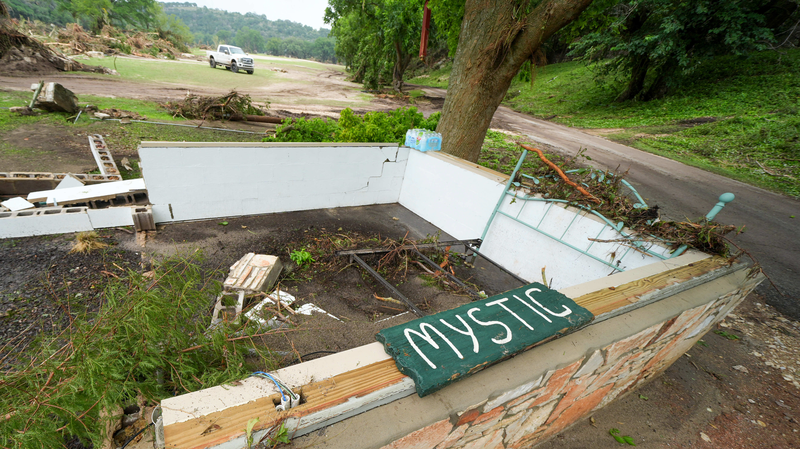When torrential rains turned sleepy Texas valleys into raging rivers, the state faced a wake-up call no one wanted: a flood so powerful it became a killer, claiming over 100 lives—including 27 young girls at a popular summer camp.
Beyond the heartbreak, this catastrophe exposed deep cracks in U.S. disaster preparedness.
In the years leading up to the floods, the National Weather Service lost some 500 employees nationwide. In central Texas alone, six vacancies now sit open at the Austin/San Antonio office—vacancies that once would have been filled by veteran liaisons translating complex forecasts into clear warnings for local leaders.
At NOAA, looming cuts of up to 20 percent threaten to shutter critical research arms like the Office of Oceanic and Atmospheric Research and the National Severe Storms Laboratory—labs whose data and models help communities anticipate extreme weather.
Critics point to the Trump administration's sweeping budget slashes, including mass layoffs under the Department of Government Efficiency. With FEMA's funding also reduced, the White House has shifted the burden of disaster relief onto cash-strapped states.
White House spokeswoman Karoline Leavitt called the floods 'an act of God' and defended the National Weather Service's performance. But many Texans say the warnings felt too late and unclear.
From Washington to Frankfurt to Mumbai, young leaders, entrepreneurs, and travelers are watching closely: if the world's richest nation stumbles on basic disaster planning, what does that mean for communities facing intensifying climate threats?
As Texas begins the long road to recovery, the floods underscore a stark question: are aging institutions and cut budgets prepared to weather the storms ahead?
Reference(s):
Texas horrific floods raise serious questions about U.S. governance
cgtn.com



